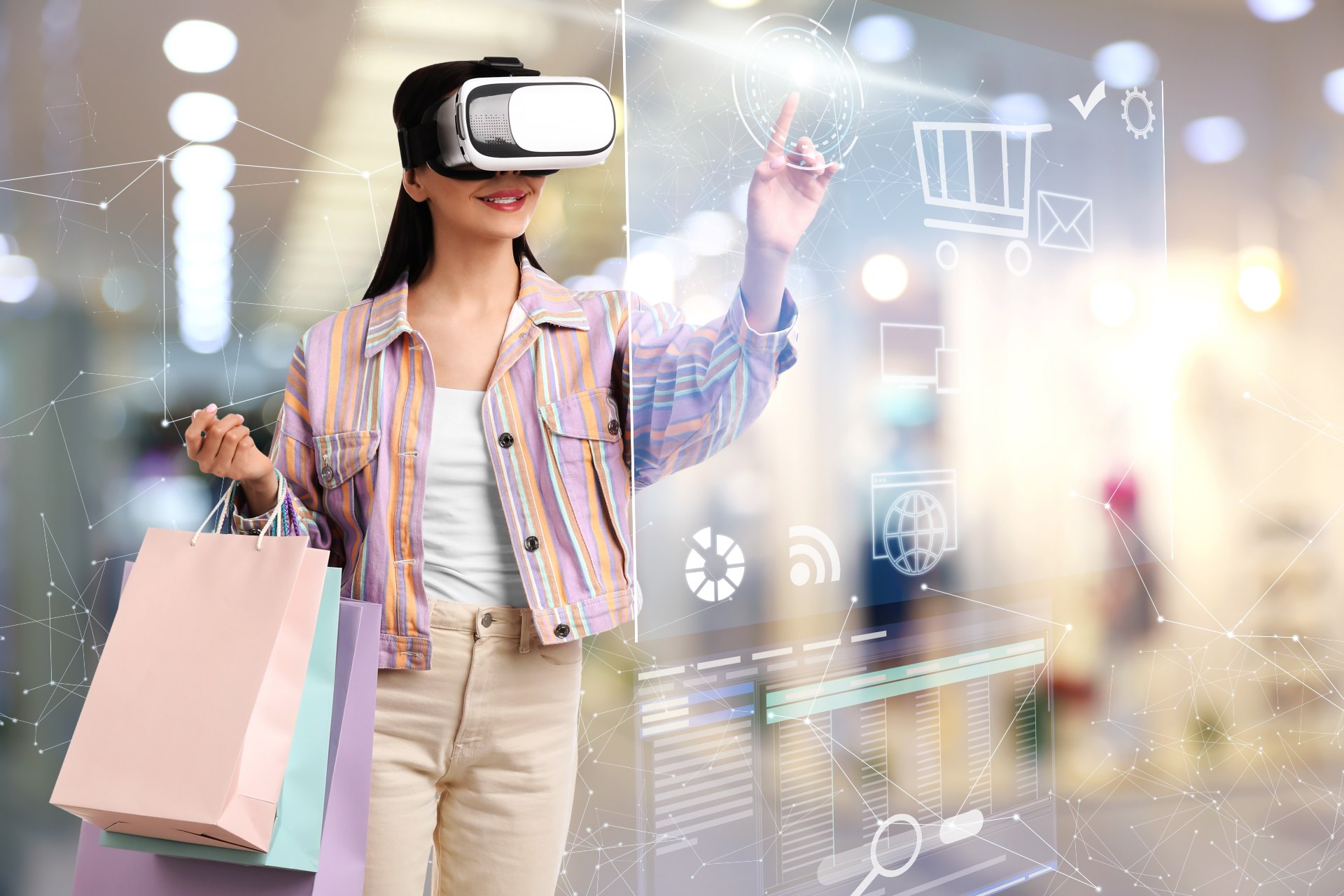

By Jane Pang, Director of Sales at ByondXR
The metaverse is one of the most trending tech buzzwords. The concept promises to be one of the globe’s fastest growing and most impactful tech concepts. But what is the metaverse?
At its core, the metaverse represents the fusion of our physical and digital realities, weaving them into a shared, persistent universe. This isn’t just a platform or an application, but rather the natural evolution of the internet – a place where you can walk into a concert just as easily as you’d enter a virtual storefront.
Driven by VR and AR technologies, it’s a space where every interaction, be it a game, a shopping spree, or a monetary transaction, is hyper-realistic and immersive. It’s worth noting that while this concept seems ground-breaking, we’ve been inching towards it for years, especially in retail and commerce sectors.
The use of AR, VR, and 3D cross-device in retail and commerce
Virtual connectivity in e-commerce is already an established concept among consumers. AR and VR have become essential tools for consumers shopping riskier items online, such as furniture. They can visualise how the product will look in their space before buying it.
The adaptability of 3D spaces to function seamlessly on everyday 2D screens has revolutionised user engagement. These interactive environments, teeming with rich features, aren’t confined to specialised VR headsets; they’re accessible right on our familiar smartphones, tablets and computers. As the ethos of the metaverse begins to permeate the retail industry, it’s becoming clear that shopping will be redefined. Retail in the metaverse era won’t solely focus on transactions but promises a symphony of commerce, immersive experience, and dynamic interaction, all brought to life through AR, VR, and versatile 3D tech.
Given these advancements, other sectors are quickly recognising the potential of AR, VR, and 3D technologies and are looking to incorporate them to enhance their consumer engagements. As the metaverse landscape continues to evolve, the need for extensive adoption of these technologies becomes even more evident.
The impact of the metaverse on retail
The metaverse will erode the current bifurcation between the physical and digital worlds. Customers will expect a hybrid or omnichannel approach to retail shopping as the metaverse gets more popular.
Dubbed the ‘phygital’, retailers will have opportunities to infiltrate various markets and make record sales through the metaverse.
The physical and digital worlds will be seamlessly integrated to create a rewarding sensory and emotional experience for shoppers, exponentially growing retailers’ revenue.
With the integration of the physical and digital worlds, the metaverse will create a cohesive customer experience that will be essential to the success of retail brands. Therefore, retailers with a robust digital offering, including being in the metaverse, will reap the best benefits, even if customers complete their purchases in-store.
The metaverse also promises to reduce the carbon footprint of the retail sector substantially. This is either through substituting physical goods for virtual ones, digital twins that optimise the physical world or replacing real-world interactions with virtual ones.
Avatars will improve inclusivity in retail, with the metaverse promising billions of different digital avatar combinations. The disabled will be able to shop in stores they may have had trouble accessing physically, and there will be no physical barriers to shopping.
The metaverse is a promising concept poised to revolutionise more than the retail sector. Already, AR and VR are playing a significant role in retail shopping. Start your journey in the metaverse today.






